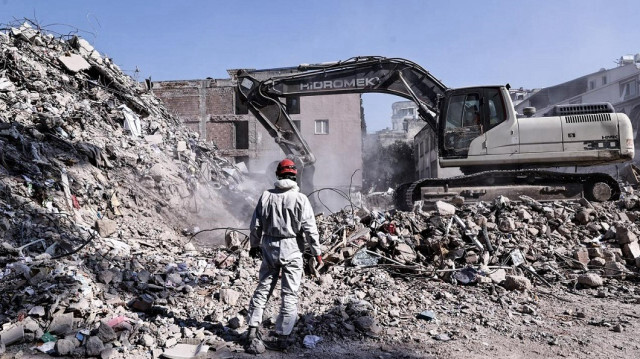Arakan Army seizes key town in southern Myanmar
2024.08.15
Myanmar’s ethnic Arakan Army has captured a key town in Rakhine state’s southernmost Gwa township after launching attacks on junta positions earlier this week, residents said Thursday.
The push to the southern border with Ayeyarwady region is the latest advance for the Arakan Army, or AA, which ended a truce with the military in November and has gone on to control nine townships and three sub-townships in Rakhine state, as well as Paletwa township in neighboring Chin state to the north.
The AA’s advance south into areas traditionally on the edge of its influence could signal the army wants to establish a foothold in more central Myanmar, so that it could claim it is a national resistance force instead of a marginal ethnic armed group.

On Wednesday, the AA captured two military camps and a police station in Gwa’s coastal Kyeintali town after launching an offensive two days earlier, according to residents.
The two camps had only recently been established after the AA pushed junta troops south amid heavy fighting in neighboring Thandwe township, and the military was forced to retreat to Gwa township’s Ka La Pyin village on the outskirts of Kyeintali “with high casualties,” they said.
As the AA entered Kyeintali, the military countered with airstrikes and shelling from naval vessels, said one of the town’s residents who, like others interviewed for this report, spoke to RFA Burmese on condition of anonymity, citing security concerns.
“They [the AA] attacked the police station on the hill, and two junta outposts in Ward 1 and 3,” he said. “About 30 artillery shells exploded in the town near schools and on the roads. Some buildings were destroyed.”
RELATED STORIES
Attacks against Rohingyas now ‘worse than in 2017’
Rebels evacuate 13,000 Rohingyas amid battle for Myanmar’s Maungdaw
Weapons fire kills many Rohingya as they attempt to reach Bangladesh
Landmine casualties becoming more common in western Myanmar’s Rakhine state
The resident said that some civilians were forced to flee, while others were “trapped in their houses” during the clash.
The town of Kyeintali is home to around 10,000 people – most of whom have relocated to Thandwe township and Ayeyarwady region as fighting in Gwa intensified, other sources in the region told RFA.
Those who remained trapped in Kyeintali said they feared further bombardment from the military.
AA pushes on
A resident of Ka La Pyin village, who also declined to be named, said that fierce clashes continued Thursday as the AA pursued junta troops.
“Junta forces retreated from Kyeintali town to regroup with reinforcements from Gwa township and the AA continued to attack them,” he said.
Meanwhile, the Arakan Army continued its assault on the junta’s Maung Shwe Lay naval base in Thandwe after occupying the township, residents said.
The AA has yet to release any information about the seizure of Kyeintali and attempts by RFA to contact the army’s spokesperson, Khaing Thu Kha, went unanswered Thursday, as did efforts to reach the junta’s attorney general and spokesperson for Rakhine state, Hla Thein.

Veteran Rakhine politician and former lawmaker Pe Than told RFA that the AA would undoubtedly continue its assault on Gwa township.
“The AA have already declared that the entirety of Rakhine state must be liberated from the junta,” he said. “They have a military goal and they will continue to pursue it.”
Military analysts have noted that the junta only controls one camp each in Rakhine’s Maungdaw and Thandwe townships, and suggest the two regions are likely to soon fall under AA control.
Translated by Aung Naing. Edited by Joshua Lipes and Malcolm Foster.






